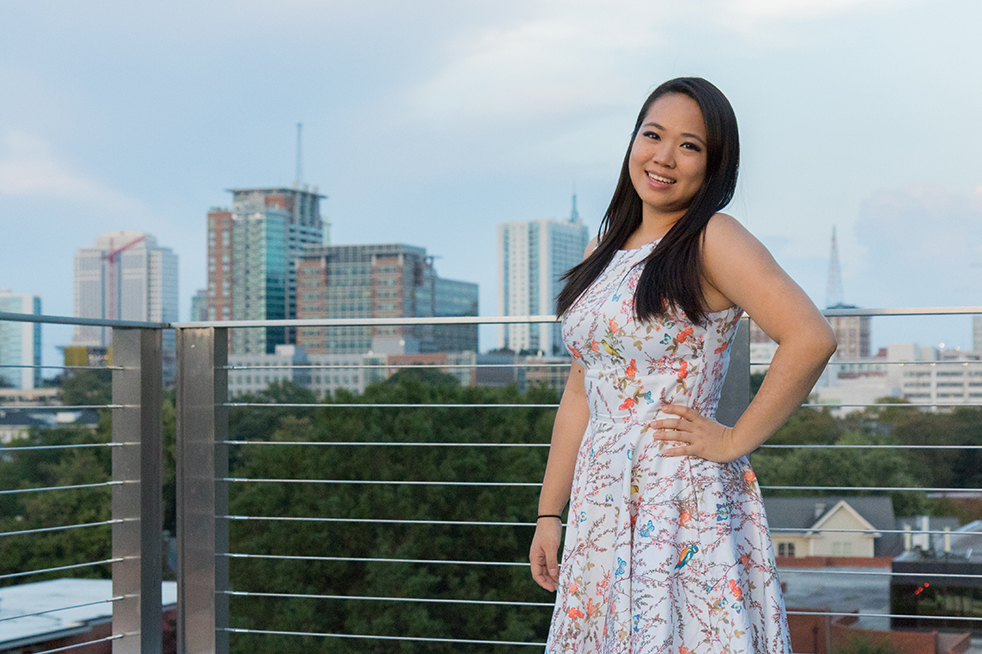In light of the events of the past couple of years, there has been an increased dialogue about inclusivity, particularly among ethnicities. Too often this conversation because becomes bilateral, focusing on solely on the coming together of blacks and whites.
Other minorities, including one that I’m particularly familiar with, are brought into the conversation, but often have their voices lost among those shouting louder.
Due to the sequence events that have occurred, it makes sense for the discussion on racism and prejudice to be focused on those in the black community. Multiple interests could potentially dilute messaging of the cause and reduce accomplishments. However, when the conversation is shifted to inclusivity, all groups should be represented.
The 2016 Academy Awards was a night intended to encourage inclusivity, yet the ceremony failed to address that inclusivity goes beyond just blacks and whites. Actor Daniel Dae Kim tweeted that the first mention of an another ethnicity was 30 minutes in when “someone mentions ‘pho.’ I thought #diversity was more than that.” The ceremony further alienated the Asian community when two jokes were made at their expense.
Following the ceremony, Latinos and Asians alike took to twitter to discuss the lack of inclusion during the program, only to be met on Twitter with “#NotYourMule,” an allusion to Zora Neale Hurston’s iconic novel, “Their Eyes Were Watching God.”
Creators and users of the hashtag stated that its purpose was to condemn other minorities for relying on the black community “take all the risk to advance representation in media” instead of speaking up for themselves as well as not supporting the black community.
However, several of the non-black person of color communities have already been speaking up for themselves. Oscar night, the Brown Ribbon Campaign was fighting for more realistic presentation of Latinos on the silver screen; although comprising of 17 percent of the U.S. population — the second largest in the U.S. — they only make up of 4.9 percent of speaking roles.
Meanwhile, part of the Asian community protested the conviction of former New York Police Department Officer Peter Liang by demanding that cases similar in crime be charged more equally. Additionally, back in December 2014, the Asian community rallied behind the trending worldwide “#ModelMinorityMutiny” and “#StarttheConversation” in conjunction with their support of the BlackLivesMatter movement and debunk the idea of a model minority.
Originating in a 1966 New York Times piece by author and sociologist William Pettersen, entitled “Success Story, Japanese American Style,” the term “model minority” was used to elevate the hard-working nature of certain Asian groups to curtail the budding Civil Rights Movement and black power movements.
Ever since the media and society alike were captivated at the perceived success of the one particular group, even gracing the cover of TIME Magazine in 1987 cover with the headline “Those Asian-American Whiz Kids” and covered on 60 Minutes.
Even when the term was first coined, Asian community leaders have been weary of the homogeneous blanketing of such a diverse group. In 1968 UC Berkeley’s Asian American Political Alliance newsletter, Ling-chi Wang warned that Chinatown’s problems of poverty, drugs, suicide and mental illness “will forever be neglected by the government” unless the community liberated itself from “the tyranny of this Chinese myth.”
Leaders continue be concerned about and aim to debunk the monolithic perception of the group. For every successful East Asian or South Asian, there are Southeast Asians struggling to survive in the U.S. In the 2006 American Community survey, it was discovered that the staggering high school dropout rate among Southeast Asian Americans is 40 percent of Hmong, 38 percent of Laotian, and 35 percent of Cambodian populations.
Asian Americans may not experience as many macroaggressions, but are often regarded with a perception of foreignness. In a study titled “Racial Microaggressions and Daily Well-Being Among Asian Americans,” researchers found that Asian Americans experience a considerable amount of everyday prejudice and discrimination. Approximately 78 percent of the 152 Asian American freshmen participants reported some form of racial microaggression within the two-week time frame.
In a statement to the Cornell Chronicle, Anthony Ong, co-author of the study said, “Our findings suggest that exposure to day-to-day racial microaggressions is common and that seemingly innocuous statements, such as being asked ‘Where were you born?’ … can have an adverse effect on Asian-Americans … such statements often mask an implied message that you are not a true American.” This particularly troublesome when these questions are posed to Asian Americans who may or may not recognize a culture other than American.
All minority groups have different experiences of discrimination — many of which are incomparable. Which is why in the discussion about inclusivity, we should be more inclusive of other less represented groups.
